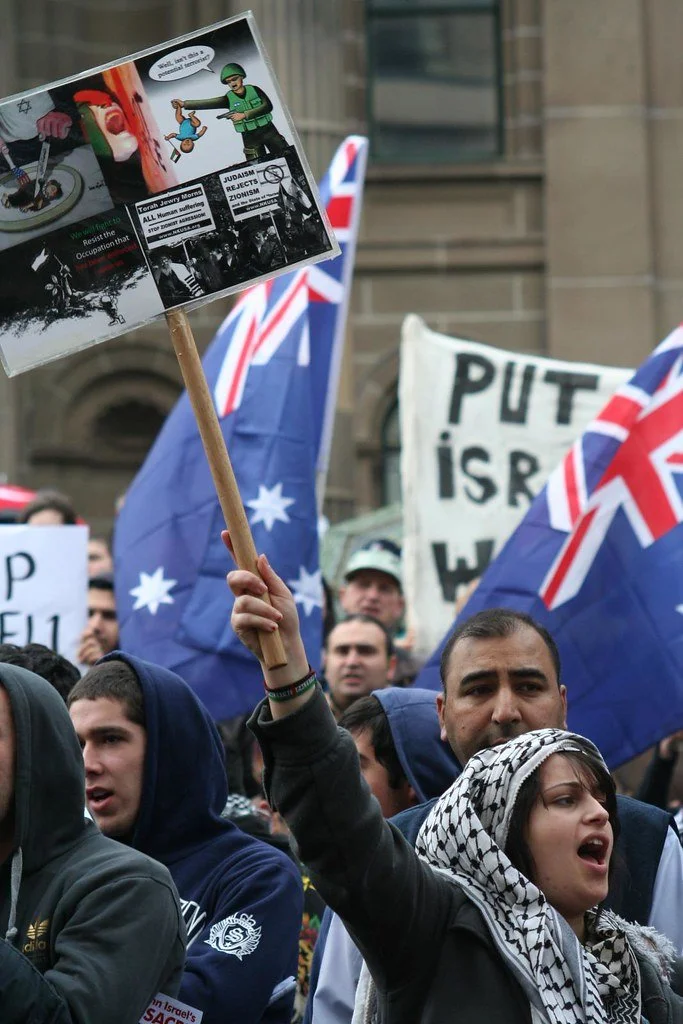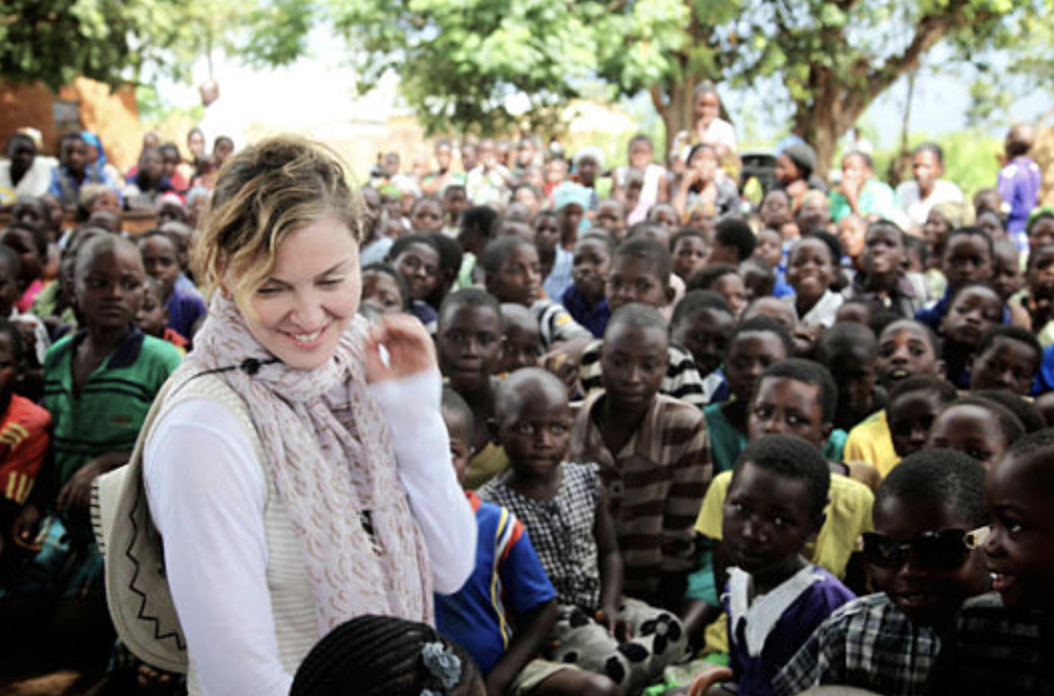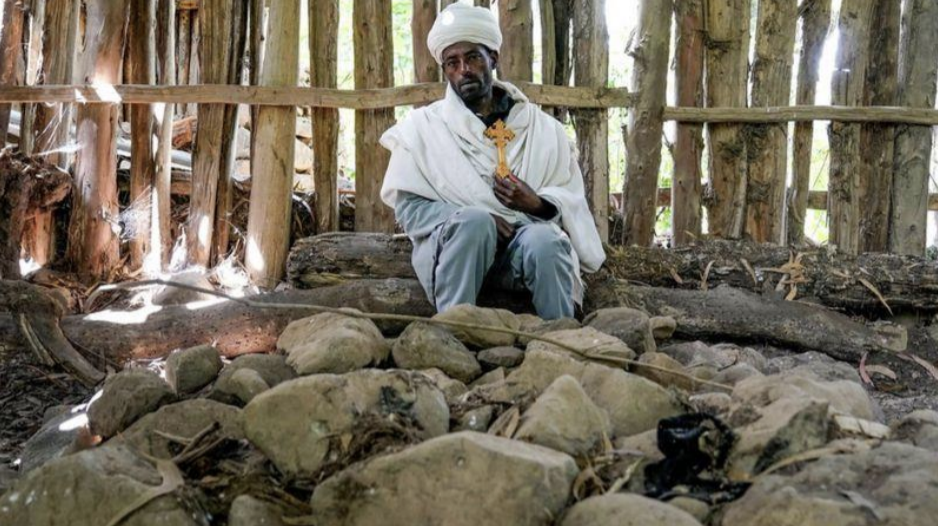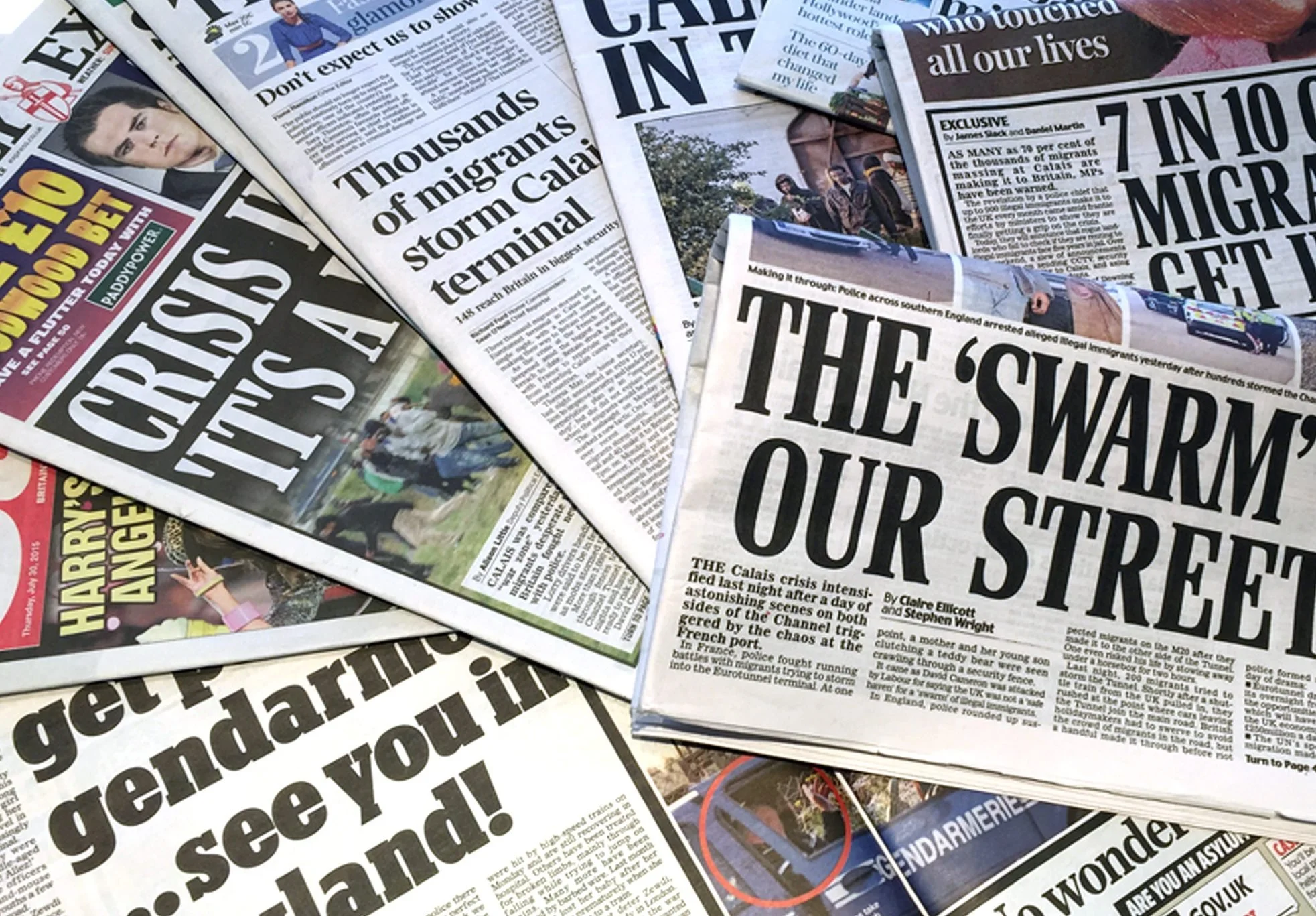Haitian refugees have been forced to seek asylum from frequent natural disasters, political insecurity and government corruption since the 1960s. There is little financial and medical support for earthquake victims, furthermore, the nation fails to enforce proper safety standards on buildings. The US is home to “852,000 Haitian immigrants…more than triple [the amount from] 1990 and double the number in 2000,” (Carabota, Feb. 2024). Since the assassination of President Jovenal Moise in 2021, the International Rescue Committee (IRC) has placed Haiti on a high-risk emergency watchlist (2024). Half the population has since required severe humanitarian aid, with 90% impoverished from sudden earthquakes (IRC, 2024). Despite international support efforts, namely UNICEF and the UN, many of these agencies fail to raise appropriate funds for disaster relief. Haiti’s government is influenced majorly by gang authority/affiliation, but not in the way that Latin American countries are subject to cartel influence.
About Europe’s Identitarian Movement: A Growing War on Refugees
What used to be framed as an extremist viewpoint at the fringe of French politics, the Great Replacement theory has propagated into a widely circulated concept, colloquially referenced by conservatives all over the global north. Proponents of the Identitarian Movement and the Great Replacement theory are fervent proponents for remigration, stricter immigration laws, and denial to asylum claimants—mounting support for “national preservation” in the face of an immigration “invasion.”
Given the amassing political influence of the Great Replacement narrative and European nativist groups, harmful rhetoric, online proliferation, political pressure, and acts of intimidation and violence are threatening efforts for refugee visibility, mobility, welfare, and protection.
Inadequate Resource Distribution in Refugee Camps
Food and water are very vital factors for maintaining safe and healthy refugee camps. The lack of resources for refugee camps has always been a big issue; children and women, especially, are impacted the greatest. Refugee camps often have no resources as they tend to depend almost entirely on humanitarian organizations and what they can provide. The malnutrition and dehydration that occurs in camps greatly contributes to an increased risk of disease, such as cholera and diarrhea (Thelwell, 2021). Refugee camps often do not have many sanitary measures in place; the increase in disease rates only makes the situation worse for all of the displaced individuals living in the refugee camps.
How a Boat Carrying Refugees and a Submarine Carrying Millionaires Demonstrated Socioeconomic Inequality on a Global Scale
Perhaps one of the most quintessential and endlessly-fascinating philosophical debates arises from the so-called “Trolley Problem”. Created by British philosopher Philippa Foot in 1967, it involves a person making the seemingly impossible decision of who to kill given a set of two options and their presence on a trolley that is unable to stop before striking whichever person they choose to die (Stanford Encyclopedia of Philosophy, 2021). While in most cases, the decision is rather straightforward, such as choosing to let 750 people live instead of only 5, the level of difficulty of this task can vary with different factors added in.
Anti-Immigrant Legislation in Florida: How it Impacts Everyone
In the current refugee and immigration crisis fueled by war, hatred, greed, and nationalism, it is no secret that Florida has become a hub for those suffering displacement. Studies from 2021 presented that of the 21.3 million people living in Florida, an estimated 8%, or roughly 1.8 million people, are immigrants. This number encapsulates refugees, asylum-seekers, citizen immigrants, and undocumented individuals.
Lack of Inclusive Education for Disabled Refugee Children
All refugees below the age of eighteen are entitled to an education by international law (Schorchit, 2017). However, providing education to refugee populations is a challenging task, especially when many refugee-populated geographic areas around the world lack access to volunteers, education materials, and funding. Although advocacy efforts around the world try to push for high quality education in refugee camps and communities, there are significant populations of refugee children who are not enrolled in any kind of educational program. About half of the world’s refugee children are out of schools as access to schooling becomes very difficult during national conflict.
Welcome Corps: Getting Ordinary Americans Involved in Resettlement Efforts in the U.S.
Launched and announced earlier this year on January 19th, 2023, the Welcome Corps is a new private sponsorship program that creates a way for everyday Americans to play a welcoming role in resettling refugees throughout the United States (U.S. Department of State, 2023). A collaboration of the Department of State and the Department of Health and Human Services has worked to create this pilot private sponsorship program that shifts away from the way previous refugee resettlement in the U.S. has worked. Described as the “boldest innovation in refugee resettlement in four decades” by U.S. Secretary of State Antony Blinken, this program works to empower Americans to take ownership in creating a welcoming and inclusive environment for refugees.
A Year of War in Ukraine: An Anniversary in Photos
When I was in early middle school I would watch whatever appeared on Netflix in my free time. Looking back on it there was a lot that I watched for seemingly no reason. I watched all of Futurama, which I remember very little of. I also watched all of the 1970s sitcom M*A*S*H, about the Korean War (which I’m still very fond of). However, most of what I watched were documentaries. It wasn’t tied to any one topic, but I watched all of Ken Burns’ documentaries, which were on Netflix at the time. One of the documentaries I watched, and still don’t remember why I did exactly, was Winter on Fire: Ukraine’s Fight for Freedom, directed by Evgeny Afineevsky.
RefuSHE
This spring semester GRMR is proudly supporting RefuSHE, an organization that aims to empower and serve refugee women and children. RefuSHE’s admirable mission includes educating, protecting, and leading refugee women to offer them a chance to grow, develop, and flourish. Refugee girls and women remain an extremely vulnerable population, with about 76% of women and children refugees in Kenya and 52% under 18.
My Family Story and Parallels to Refugee Stories Today
As is the case for many Palestinians, my family experienced lots of emigration, pain, hardship, loss, displacement, and change since the Nakba, or the Palestinian Catastrophe, in 1948. I want to share this personal account of my family's history through stories I have been told. My family's history has many parallels to what refugees and immigrants fleeing war, or those who are being forcibly displaced, may have had to experience then, and still experience now. I hope to shed light on the strength of not only my family, but all immigrant and refugee families who had to endure hardship in the past, and those who still do today.
An Increasing Issue: Human Trafficking in Migrant Populations
Human trafficking refers to the involuntary exploitation of individuals and can involve sexual exploitation, debt bondage, and forced labor. Although many may not think so, it occurs in every region. Human traffickers attempt to target marginalized communities and vulnerable individuals. Sexual exploitation, in specific, is a growing issue in refugee camps and among migrating groups. Refugees and migrants often lose their community support networks as they are forced to leave their homes and familiar surroundings. Depending on where they flee to, they may or not be citizenship status. Other resources, such as medical support, livelihood opportunities, and legal support, may not be provided. As a result of these conditions, forcibly displaced people are often easy targets for traffickers.
Humanitarian Law Fails Palestine
Throughout the course of human history, war has been ruthless, often senselessly tearing apart families and livelihoods during callous power struggles between two belligerent parties who unnecessarily involve innocent people. It was not until fairly recently in human history that conventions occurred to attempt to make fighting more humane. Due to the lack of consensus on a war crime and the tendency of attacking forces to disregard human life, much less human dignity, the exact definition of a ‘war crime’ and ‘crimes against humanity’ remains elusive. Generally speaking, a war crime is a “serious violation of the laws or customs of war as defined by international customary law and international treaties,” and can apply to civilians and armed soldiers, while crimes against humanity apply to civilians (Penrose, 2022 & “Crimes Against Humanity”, n.d.).
Advancing Refugee and Migrant Health Worldwide
With the release of the World Health Organization’s (WHO) first-ever report on refugee and migrant health on July 20, 2022, comes a crucial discussion on the urgent actions that need to be taken to ensure that healthcare is accessible to all. Currently, one out of every eight people worldwide is a migrant or is displaced, and this issue continues to grow as a result of various reasons ranging from war, climate change, disease, and famine to seeking better jobs, education, and better overall quality of life. Refugees and migrants bring many skills and talents wherever they relocate to and do contribute significantly to their host country’s economy as productive members of society, yet their health is not a priority in many of these countries.
Stopping a Refugee Crisis Before it Starts in the Pacific Islands
Take out your phone, and instead of going on TikTok or playing today’s Wordle, go on your Maps app. Now scroll to the Pacific Ocean, that vast blue mass of water separating the Americas from Asia and Australia, and zoom in until you find an island. Chances are that once you do, that tiny little speck of land in the middle of the largest single body of water on Earth will have people on it. From the lush islands of Palau near the borders of Asia, south to the Polynesian fantasy vacation destinations of Fiji and Bora Bora, and north to the Micronesian atoll systems of the Marshall Islands and Kiribati, the inhabitants of the Pacific Islands are diverse in their cultures and histories but unified by the imminent struggle that they face against climate change…
Hosting Refugees: How Nations Can Help Mitigate the Effects of Forced Displacement
With the outbreak of the war in Ukraine contributing to the ever-growing refugee crisis around the world, it is important to shine a light on the many reasons why hosting refugees is beneficial, not only to the refugees themselves, but also to the countries that host them.
Dr. Craig Loschmann, a research fellow at UNU-MERIT focusing on analyzing conflict-related migration, argues that the mere economic benefits of hosting refugees outweigh the possible associated risks. His experience participating in different UNHCR-funded projects in refugee camps in Burundi and Rwanda led him to conclude that hosting refugees can help…
High-Income Country Privilege and How it Affects Refugees
The refugee crisis is one of the largest humanitarian crises in the world. That being said, before discussing how people who live in the high-income countries (HICs) (Europe and America are the main ones to note) have imposed a superiority complex disguised as heroism, it is essential to note a few things. This is a very sensitive issue and should be treated as such. Additionally, this post is a glimpse into many nations’ shortcomings in regards to the refugee crisis, so in no way is this a localized issue. This post will highlight some of the many ways people who live in high income countries have imposed a superiority complex and how it has harmed refugees and their communities, with sources all being from a refugee’s perspective….
Ethiopia: The Crisis Unfolding in Tigray
I would like to preface this post with a couple of notions. One, there are some sensitive topics that are mentioned, so discretion is advised. Two, this crisis which has been ongoing for a couple of years is one of the largest recent instances of mass genocide and is, therefore, very necessary to discuss and understand. This post will go into a detailed story of the context leading up to the civil war and the war’s effects on citizens in Tigray, Ethiopia.
Before delving into the current events that have been ongoing in Tigray, it is important to first gain an understanding as to where the conflict originated. Ethiopia has three main ethnic groups: the Oromo, Amhara, and the Tigray. The Tigray People’s Liberation Front (TPLF) ethnic minority made up the Ethiopian People’s Revolutionary Democratic Front (EPRDF), which had authoritarian rule over the country up until 2018. They were led by Prime Minister Hailemariam Desalegn, who led 27 years of repression. This led him to step down in 2018 and Abiy Ahmed was elected by the Amhara and Oromo ethnic groups, who made up most of Ethiopia’s population…
States and the Stateless: How Nationalism Drives Xenophobia and Anti-Immigrant Sentiment
Whenever I lead any educational presentation for GRMR, I like to start off by asking the group what they think of when they hear the words refugee or migrant. I encourage the group to consider the images, news stories, and identifiers they have seen in media and political discussions. Without fail, the discussion always turns to the ways in which the 2016 election and the administration which followed changed the idea of who refugees and migrants are. Asylum seekers became illegal aliens, and migration a threat to the socioeconomic success of the country. This disdain for refugees and migrants does not stem simply from a place of xenophobia or isolationism…
Europe’s Refugee Response: Poor Peripheral Vision
Take an entry level international course and you’ll likely see a PowerPoint slide or two on the “European Migrant Crisis.” It was big, it was bad, but it was 2015. Surely six years later, Europe, home to some of the richest countries in the world, would find a way to integrate the desperate refugees into their economies, or at least raise the standard of living in the “temporary” camps scattered across the eastern Mediterranean. Who could have guessed that Europe, the self-described champion of humanitarian rights, would center its efforts in mitigating the “crisis” of refugees less on increasing the standard of living and opportunities for employment, citizenship or integration and more on spending money to simply keep them out altogether…
Maternal Health in the Refugee Crisis
With women making up almost half of the refugee populations worldwide, and 1 in 10 of them being pregnant (1), we should be aware of the issues that are present in their lives. These women face multiple hardships that put themselves and their pregnancy at risk. These risks show how maternal health in the refugee crisis is a major concern that must be attended to.
Pregnancy brings many changes to a person’s body throughout its different stages. During all these stages, it is of utmost importance to provide adequate access to maternal health services and low-pressure environments to ensure the safety of the mother and the child. These services provide care and social support which are important for a safe pregnancy and delivery. However, many people, such as refugees, lack access to maternal care or similar services. Without the proper resources and help, these women…








